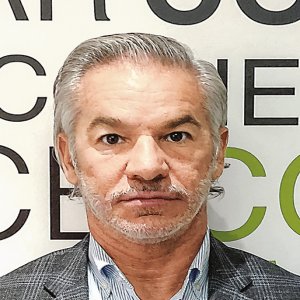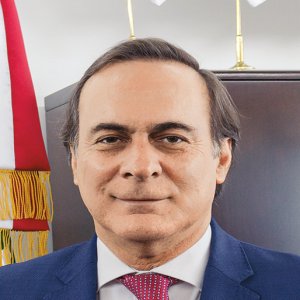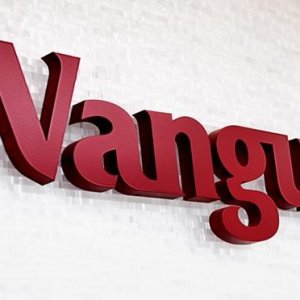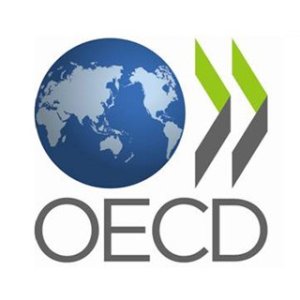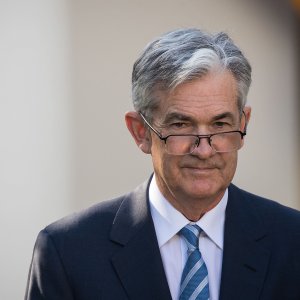Generating a Platform that Contributes to Certainty

STORY INLINE POST
Q: How can Grupo Financiero Barclays México support clients in this market landscape?
A: We are and will continue to be an important player in the development of the Mexican debt market, with a strong position in the governmental bonds exchange. In the capital market, we continue looking for opportunities to attract more investment to the country and to the stock market. Our job is to generate a platform that contributes to providing certainty, acting as an intermediary and providing liquidity to the markets in which we operate. We are also focusing on the investment banking sector, since many projects in the second half of 2018 were delayed due to uncertainty.
Despite the uncertainty surrounding López Obrador’s administration, Barclays helped the government issue US$2 billion in government bonds in the main global debt markets at a very competitive rate. We were the first bank in the country to do this, which illustrates our commitment to Mexico and the support we can offer the government and Mexican companies throughout this presidential term. Although many criticized the bond rates, which were higher than those in 2018, this problem is not specific to Mexico. Risk rates for emerging markets, along with rates for US Treasury bills, have also increased.
Q: What are the main opportunities Grupo Financiero Barclays has identified to boost investor confidence?
A: So far, the markets have given López Obrador’s administration the benefit of the doubt, which helps when managing risk. Investors see the government wants to improve the country’s savings by creating conditions in which Afores can access new investment alternatives. We can also participate in this process by helping Afores find new investment niches that go beyond government bonds or stocks. Sectors like infrastructure, energy and agriculture offer attractive participation opportunities through CKDs and CERPIs.
In 2018, we made several successful transactions in CKDs and CERPIs and we feel that this year will not be any different. Institutional Mexican investors might be changing investment vehicles but they clearly continue to invest. However, we can help generate these opportunities and channel resources toward them. We are contributing to the development of the country.
Q: How can certainty be assured when the new administration might change the country’s regulatory framework?
A: We have to understand that there is and there will be uncertainty, so we must find a way to work with it and clarify as much as possible. The government’s economic program, at least in its first year, is going in the right direction, which has had a calming effect. The landscape will gradually clear. The federal administration is thoroughly reviewing the state of the country. Regarding the Energy Reform, the administration is analyzing the conditions under which contracts were signed. It wants to maintain good practices and correct those elements that could be done better. This is not a seamless process but we also need to give the administration the benefit of the doubt here as well. Clearly, some investors are nervous, which is understandable as this process is unprecedented.
People think that changing government administrations is a smooth process but it is not. There needs to be a diagnosis and there is a learning curve, not only for the government but also for us. The private and public sectors need to be in constant communication to understand how they can help each other and better coordinate policymaking.
Q: What are the main challenges in Mexico’s financial future?
A: The 2018 presidential elections illustrated the country’s strong desire for political change. López Obrador represented that change and our task as financial institutions is to adapt to this new reality. Policy continuity has been a hallmark of past presidential changes, particularly in the economic and financial spheres. This is no longer the case.
The new administration has experience in different areas and is conducting business in its own way. While there is continuity in certain areas, the general environment is one of uncertainty. There are many elements still to be defined but the new government presented a responsible budget, developed an economic program with a focus on public finances and reiterated the importance of Banxico’s autonomy. López Obrador’s administration is looking for ways to work alongside the financial sector to create the conditions for financial inclusion, while helping the stock market grow and incentivizing savings among the population.
Q: How will the new program to boost the financial sector impact the country’s development?
A: From the banking side, there is no denying that Mexico has low banking penetration, which opens the door to informality and expensive financing mechanisms. Programa de Impulso al Sector Financiero covers topics like technology and digitalization to address this issue. At the same time, the initiative tackles the problem of organized crime that affects the financial sector as much as any other. By reducing the use of cash, we can diminish problems related to money laundering and its impact on the country’s economy.
On the government’s side, the administration is looking for financial schemes to reinforce capital markets. One reason very few Mexican companies are listed on the stock market is the amount of taxes they must pay when issuing a public offering. Reducing these taxes is an initiative that has been talked about for many years and the new government is reopening the discussion. We expect this will provide an opportunity for Mexican companies to carefully review how to reach new markets. One initiative may not radically change the country’s financial landscape but it is an important step that authorities are taking along with the private sector to pave the road toward greater economic dynamism.
Q: Among the sectors that could attract investment from Afores, which offer the best opportunities?
A: The agricultural sector is highly attractive, which is why we are trying to create a second CKD especially for this sector. Several agribusiness niches are very profitable but it is a fragmented sector in which there is no institutional capital that can provide scalability for Mexican producers to compete against large global companies. Our goal is to find a way to provide that scalability.
The technology sector also offers significant opportunities. Although the most attractive projects are companies like Uber or Amazon, most of the economic activity in this sector comes from smaller companies that fill in the gaps of the technology ecosystem. I believe there is space for global and local institutional capital to work with these companies.
Q: What are Barclays' expectations for 2019 and 2020?
A: We will work to consolidate our position as an international investment bank. We are committed to Mexico for the long term. We want to continue providing liquidity to public debt and capital markets and to work hand in hand with the Mexican authorities. Grupo Financiero Barclays México is aware that in terms of economic growth, the first year of López Obrador’s administration will be difficult and the country will experience deceleration. This will be the result of 2018’s uncertainty and changes in how the country operates. However, this is just part of the adjustment. We must continue supporting different economic activities so the country does not stagnate.

